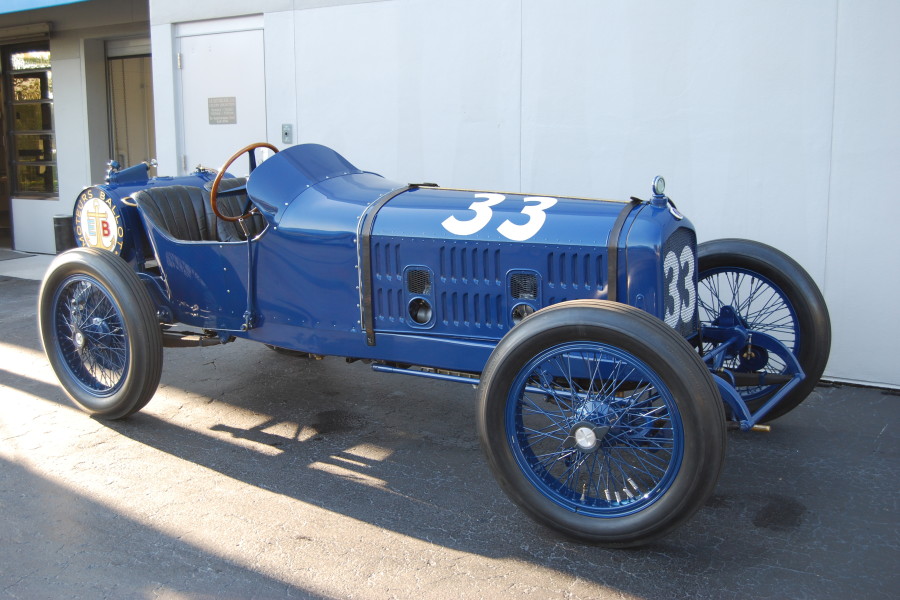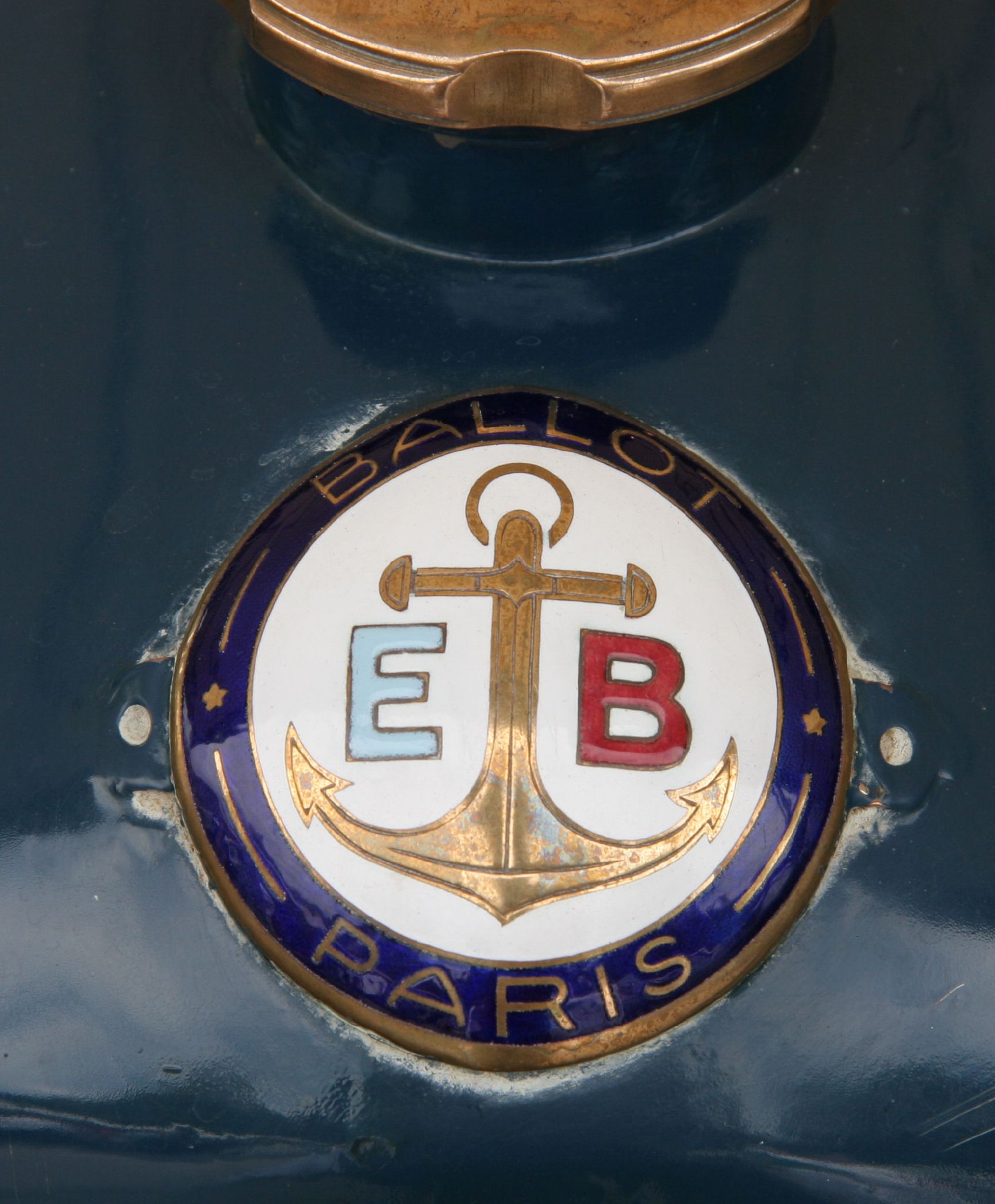1919 Ballot Indianapolis Race Car

The descriptions of the Classic Cars in the Directory were partly generated or supplemented with the help of artificial intelligence (AI). The content may occasionally not always be entirely accurate or factually correct despite careful checking.
The Ballot Indianapolis Race car of 1919 was a technologically advanced vehicle that set new standards for racing cars of the era. The car had a sleek and aerodynamic design that enabled it to reach high speeds, and contained an array of advanced features that made it a force to be reckoned with on the race track.
The body of the car was made of lightweight aluminum that was specially treated to improve its strength and stiffness. The aerodynamic design of the car was the result of extensive wind tunnel testing, which helped to optimize the car’s shape for speed and stability.
The car was powered by a 3-liter, 4-cylinder engine that produced an impressive 75 horsepower. This engine was equipped with a number of advanced features, including overhead valves, a dual ignition system, and a centrifugal supercharger, which helped to boost the power output of the engine to its maximum potential.
The car was also equipped with a sophisticated suspension system that helped to ensure smooth handling and stable performance at high speeds. This system included a spring-loaded frame, shock absorbers, and hydraulic brakes, all of which contributed to the car’s exceptional handling and stability.
In addition to these technical features, the car also had a number of other impressive design elements, such as a lightweight aluminum steering wheel and a custom dashboard that featured gauges to monitor various aspects of the car’s performance.
Overall, the Ballot Indianapolis Race car of 1919 was an exceptional vehicle that set new standards for racing car performance and design. With its advanced features, advanced engineering, and sleek, aerodynamic design, it was a true icon of its time, and remains a testament to the ingenuity and innovation of the early automobile era.
Milestones
- In January 1919, Ballot started designing and building their Indianapolis entry race car - The car featured a 4.9-liter inline-4 engine with dual overhead cams and four valves per cylinder - The car was completed in May 1919 and shipped to the United States for the Indianapolis 500 race - Despite being relatively unknown in the US, Ballot's entry was highly anticipated due to its advanced technology and sleek design - During practice sessions, the car demonstrated exceptional speed and handling, setting the fastest lap time - On race day, the car started in fifth position and quickly moved up the field, challenging for the lead - However, mechanical issues forced the car to retire from the race on lap 63 - Despite not finishing the race, Ballot's entry made a strong impression on the US racing community and helped establish the company's reputation for engineering excellence.Technical
- 4.9 liter (299 cubic inch) inline four-cylinder engine - Produces 84 horsepower at 3,400 RPM - Engine is air-cooled and features overhead valves - Dual ignition system with two spark plugs per cylinder - Bosch high-tension magneto provides ignition sparks - Dual carburetor system using Zenith carburetors - Pressurized fuel system with a fuel pump and fuel pressure regulator - Dry sump oil system with oil tank located at the rear of the car - 3-speed manual transmission with reverse gear - Torsion bar suspension on all four wheels - Hydraulic shock absorbers on front and rear axles - Four-wheel drum brakes with aluminum brake drums - Lightweight aluminum body and chassis construction - Total weight of the car is approximately 1,700 pounds - Top speed of approximately 105 miles per hour.